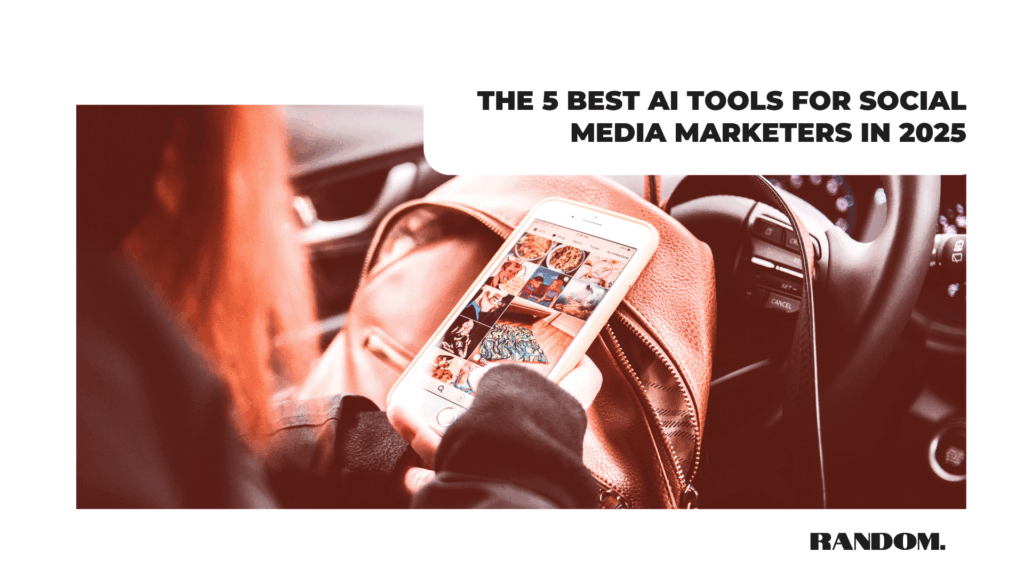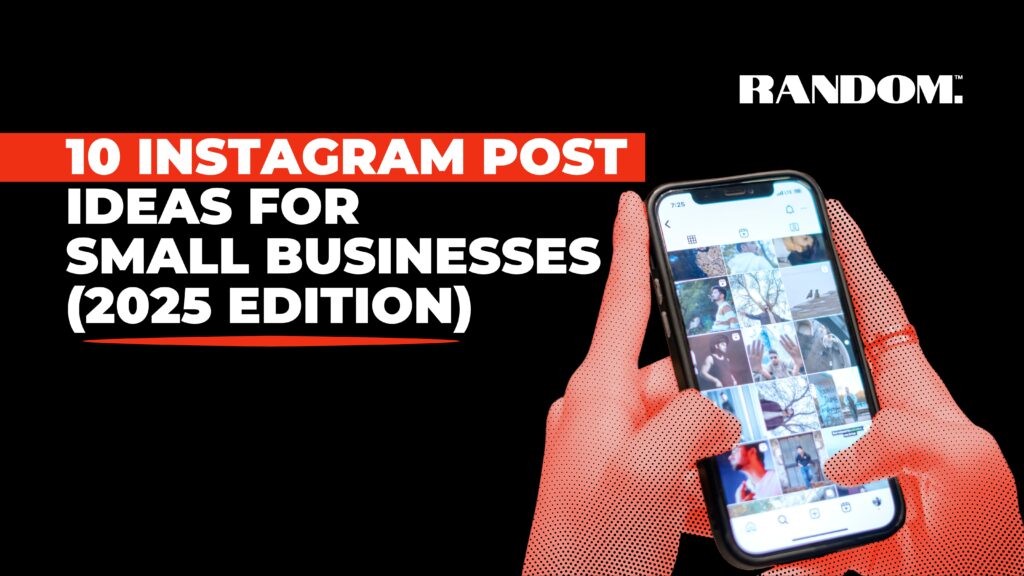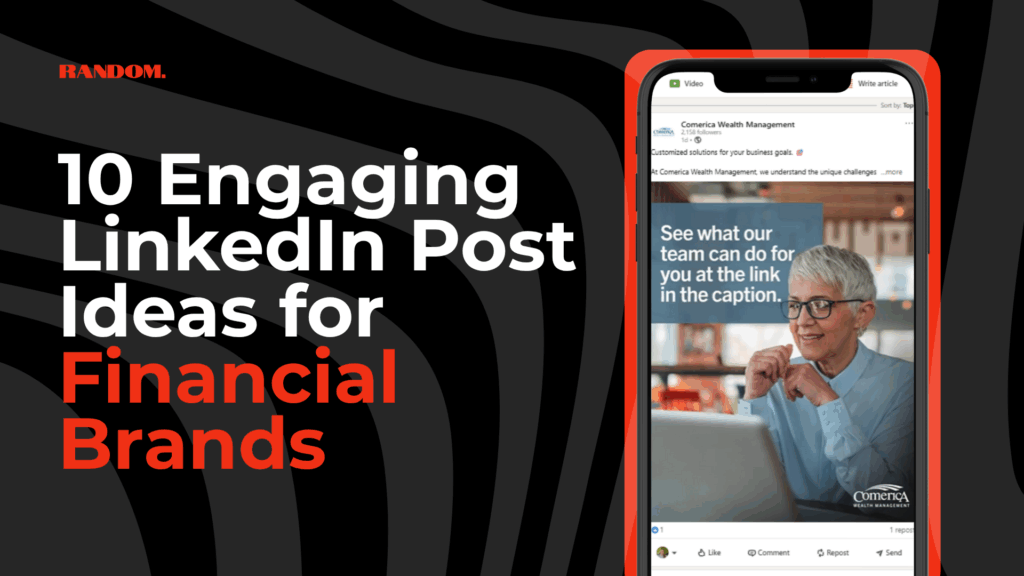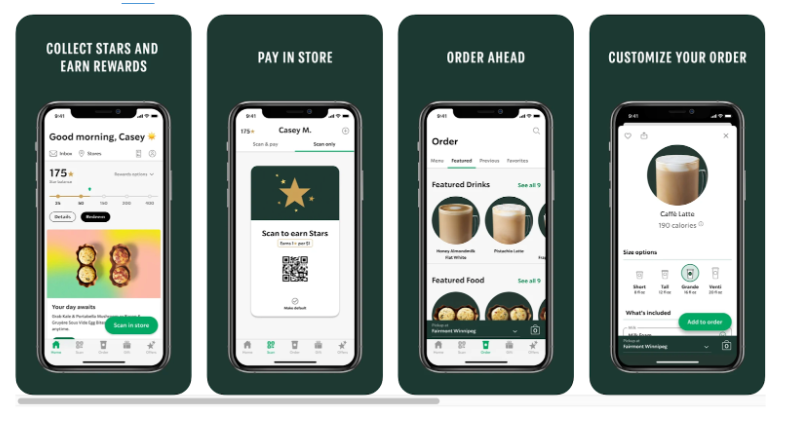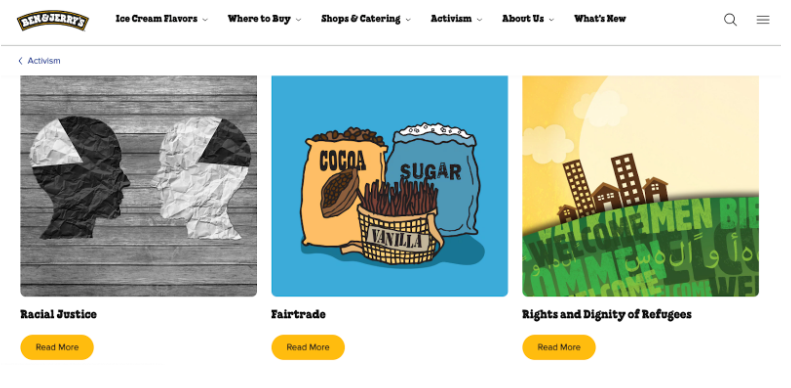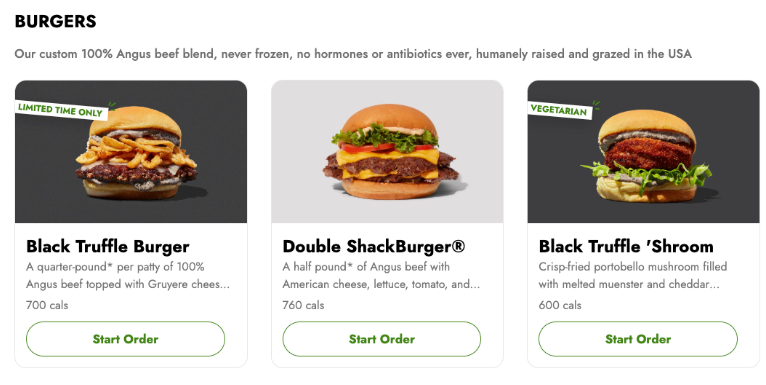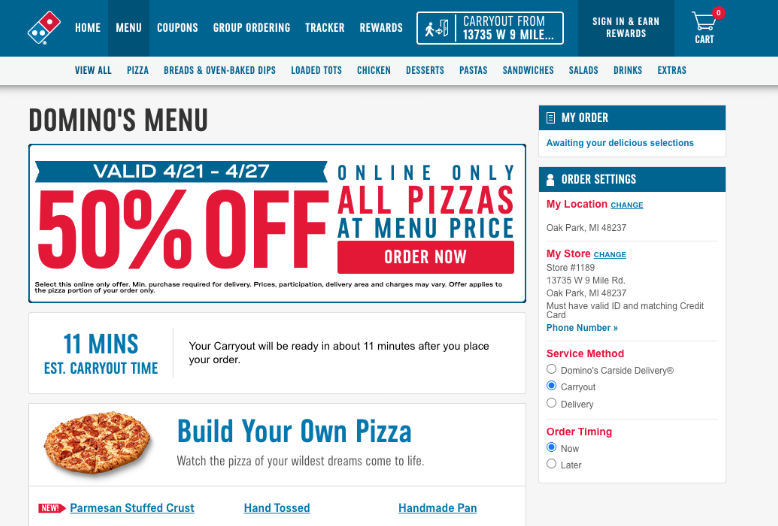Tips for Financial Brands to Boost Visibility on Social Media in 2025

Social media isn’t just for influencers anymore — financial brands are finally acting like creators, not corporations. In 2025, reach and impressions are built through trust, timing, and tone. Here’s how banks, credit unions, and fintechs can punch above their algorithmic weight.
💡 1. Lead with Value, Not Vanity
Forget “rate talk.” Your audience wants relevance. Share insights that make people smarter — market updates, small-business tips, or financial-literacy nuggets. Comerica’s strategy nailed this by aligning social objectives with education and community engagement, turning awareness into loyalty.
Try this:
- Turn FAQs into weekly carousel posts (“What’s the difference between APR and APY?”).
- Drop 15-second Finance Fix Reels with your advisors breaking down headlines.
- Build content clusters around “Smart Money Moves” or “Financial Confidence 101.”
🎥 2. Go All-In on Video
By 2025, video drives 82% of global internet traffic, and viewers retain 95% of messages from it. That’s gold for trust-based industries like finance. Financial brands that blend clarity with personality — think CEOs explaining trends or clients sharing stories — stand out.
Try this:
- Host short “Ask an Advisor” Q&As on LinkedIn.
- Use branded micro-videos to explain community programs or credit products.
- Repurpose webinars into Reels and YouTube Shorts for discoverability.
🧭 3. Optimize for Search and Social (SXO)
SEO’s old game is over. The rise of AI-driven search (ChatGPT, Perplexity) means your social content must now be “searchable.” That means schema markup, FAQ-driven captions, and branded expertise that earns AI citations.
Try this:
- Include “how-to” phrasing in captions (“How to build business credit in 2025”).
- Add links to trustworthy financial-education pages.
- Monitor where your brand appears in AI summaries and adapt content accordingly.
👥 4. Lead from the Top — Curt Farmer Style
Comerica’s Chairman, President & CEO Curt Farmer uses LinkedIn the way modern financial leaders should — as a channel for trust, transparency, and community. His posts spotlight employee stories, regional impact, and customer success — content pillars that humanize a century-old institution and make it scroll-worthy in 2025.
Why it works:
People follow people, not banks. When executives show up as storytellers instead of spokespeople, engagement spikes and sentiment improves. Farmer’s posts about Comerica’s community investments and local partnerships turn corporate updates into moments of pride and purpose.
Try this:
- Create a hashtag series led by executives.
- Pair milestone announcements with personal reflections from leadership.
- Encourage leaders to comment on employees’ posts to amplify visibility across networks.
📊 5. Marry Paid Precision with Organic Personality
Financial brands often silo paid and organic. But reach expands fastest when the two sync — use paid to amplify educational content that performs organically. Comerica combined reach objectives on paid media with organic thought-leadership to build awareness.
Try this:
- Retarget visitors from blog posts with “Learn More” conversion ads.
- Use influencer-like creators (financial educators, small-biz owners) for credibility.
- A/B test video thumbnails and CTAs to optimize ad recall and CPM.
🧠 6. Invest in UGC & Community Momentum
TikTok and Instagram Reels reward authenticity over authority. Mazda’s UGC strategy shows that community-led storytelling drives higher engagement than branded assets. The same applies to banks and fintechs — invite customers to share wins, not just wallets.
Try this:
- Create a hashtag challenge (#MyMoneyMilestone).
- Feature customer testimonials as short-form videos.
- Turn user stories into case-study reels or posts.
🕹 7. Treat Every Platform Like Its Own Market
Don’t cross-post — cross-translate. LinkedIn is your thought-leadership arena. TikTok builds relatability. Instagram drives lifestyle association. YouTube fuels depth. Customize tone, format, and cadence like Random Agency’s multi-platform model suggests.
Try this:
- LinkedIn → Infographic posts & leadership POVs
- TikTok → Trend-driven “money myths”
- Instagram → Reels & carousel explainers
- YouTube → “Financial Playbook” mini-docs
✍️ Final Word
2025 isn’t about shouting louder — it’s about showing up smarter. Financial brands that combine educational storytelling, search-savvy content, and authentic human presence will dominate feeds and trust alike.CTA: Audit your top three channels for visibility, engagement, and AI-search readiness — then start testing video-led, value-first content this quarter.
